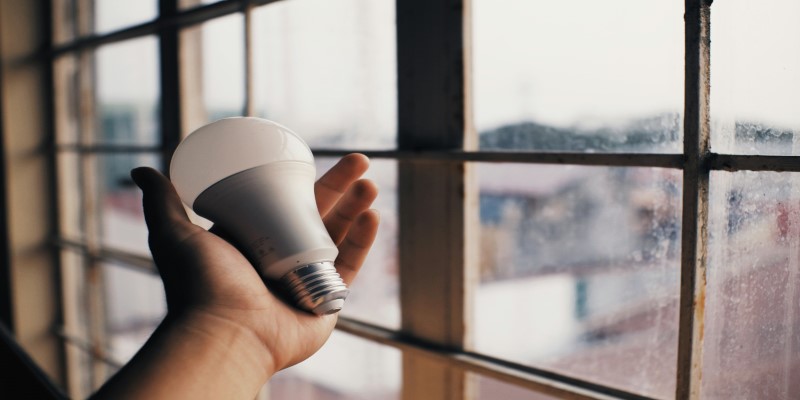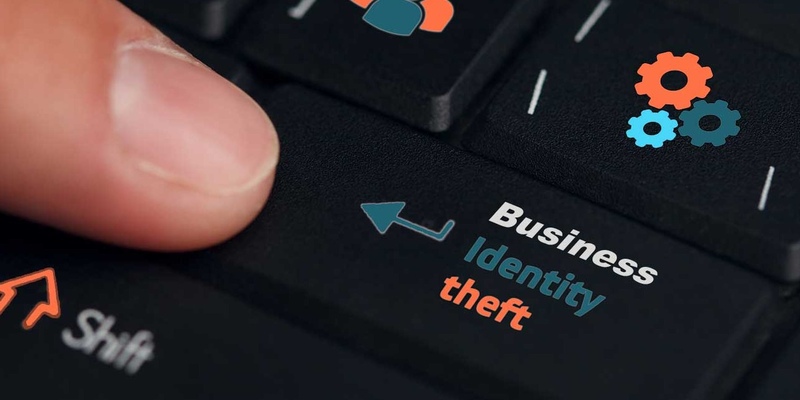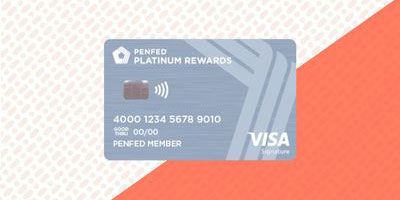
Homeowners may renovate their houses in an environmentally responsible way and save money by taking advantage of the energy-efficient home improvement tax credit. This credit has recently been improved and extended, making it more advantageous for people who want to make investments in sustainable living.
In this article, we will be discussing in great depth what an energy-efficient home improvement tax credit is and who can qualify for it. So, what are you waiting for? Let's delve into its details.
Energy-Efficient Home Improvement Credits: Explained

A few years ago, the Nonbusiness Energy Property benefita tax benefit that households might be aware ofexpired. However, the energy-efficient home improvement tax credit has been renewed, greatly enhanced, and given a new name. All thanks to the IRA, which made it possible to renew the energy-efficient home improvement tax credit.
10% of the price of installing specific energy-efficient windows, doors, roofing, insulation, and other energy-saving upgrades in your house might have been applied towards the previously expired credit. It is also possible to apply for a credit equal to 100% of the expenses related to the installation of specific energy-efficient air circulation fans, furnaces, heat pumps, air conditioning and ventilation systems, and water heaters.
Nevertheless, the credit had a five hundred dollar lifetime cap (for instance, prices from prior years applied to the cap). Additionally, there was a lifetime two-hundred dollar limit on the replacement of windows. Additional individual credit limitations applied to hot water heaters, heating pumps, air conditioning systems (300 dollars), some burners and furnaces (150 dollars), and air circulation fans (50 dollars).
- The credit is thirty percent of the cost of all qualified home improvements performed in the year, starting with the tax year 2023.
- In addition, it has been broadened to include the price of specific biomass boilers and stoves, electric panels and associated machinery, and home energy assessments.
- However, air-circulating fans and roofing will no longer be eligible to receive the tax credit.
- Additionally, several energy-efficiency criteria have been modified.
The five hundred dollar lifetime restriction on the tax credit amount is also replaced with a 1,200 dollar annual limit (the permanent limitation on windows is going to be eliminated as well). Thus, you may get the full credit every year if you stagger out your eligible home improvements. Perhaps even better, the yearly limitations for some categories of eligible improvements have been adjusted.
In 2023, some modifications were made; these are as follows:
- The home energy assessment cost was set at $150
- Two hundred dollars were fixed for an outside door, or five hundred dollars total for all of them.
- $600 was spent on hot water furnaces, heaters, natural gas, gasoline, or oil immersion heaters; central air conditioning systems; electric boards and some connected equipment; and external windows and skylights.
- The yearly limit of 1,200 dollars may be surpassed for water heaters that use electrical or natural gas heating systems, biomass burners and stoves, and heat pumps powered by these sources.
After 2024, no credit is going to be granted for qualified home improvements unless the maker of the products purchased assigns an identification number to the product and the creditor uses that identification number on the return they file. Lastly, the updated credit will be valid until 2032.
Who is Eligible for the Tax Credit on Energy and How to Claim it?
The house must be your principal residence and be located within the United States in order to be eligible for the energy-efficient home improvement credit. In general, it cannot be utilized only for corporate purposes and cannot be freshly constructed. You are still eligible to receive the full tax credit amount, though, if you only use your house for business twenty percent of the time or even less than that. The tax credit amount may drop if your house is used for commercial purposes for over twenty percent of the time.
Form 5695, Residential Energy Credits, must be included in the tax return in order to be eligible for the energy-efficient home improvement credit. For you to obtain the credit, you will need to be familiar with the exact value of each item, so be sure that you have every piece of documentation available.
How to Determine Your Credit?
When figuring out how much credit you'll earn, take into account any rebates, subsidies, or incentives you got for energy-saving home improvements. Government energy-saving incentives usually don't require you to deduct some rebates and utility-based power incentives from your expenditures before computing your credit. But before calculating the total expenditure amount, don't forget to visit the IRS website to check out the guidelines.
What is Residential Clean Energy Credit?

The present Residential Energy Efficient Credit, that also receives an updated title under the Act to Reduce Inflation, is the second credit that homeowners are considering. The Residential Clean Energy Credit is the new name for it. The credit is extended to 2034, extending its original expiration date of 2024.
The IRA not only changes the name but also extends the tax credit amount. Before, the credit was equal to twenty-six percent of the total cost of installing eligible fuel cell, geothermal, biomass, solar, or wind energy systems that produced electricity, heated water, or controlled indoor temperature. (For every half kilowatt of the capacity, the cost of fuel cell installation credit is capped at $500.)
Additionally, it was planned for the amount of credit to decrease to 23 percent this year before it expires in 2024. The credit amount under the IRA increases to 30% between 2022 and 2032. Following that, it drops to 22 percent for 2034 and 26 percent for 2033. After 2034, the credit will thereafter expire.
Additionally, the credit's scope has been modified. It will no longer apply to biomass burners and water heaters as of this year, 2023; instead, it will only be applicable to battery storage systems with a minimum three-kilowatt-hour capacity.
The Bottom Line!
Homeowners may easily get tax incentives for making eco-friendly upgrades to their homes with the help of the energy-efficient home improvement tax credit. By seizing this chance, people may save money and help create a more environmentally friendly future.




